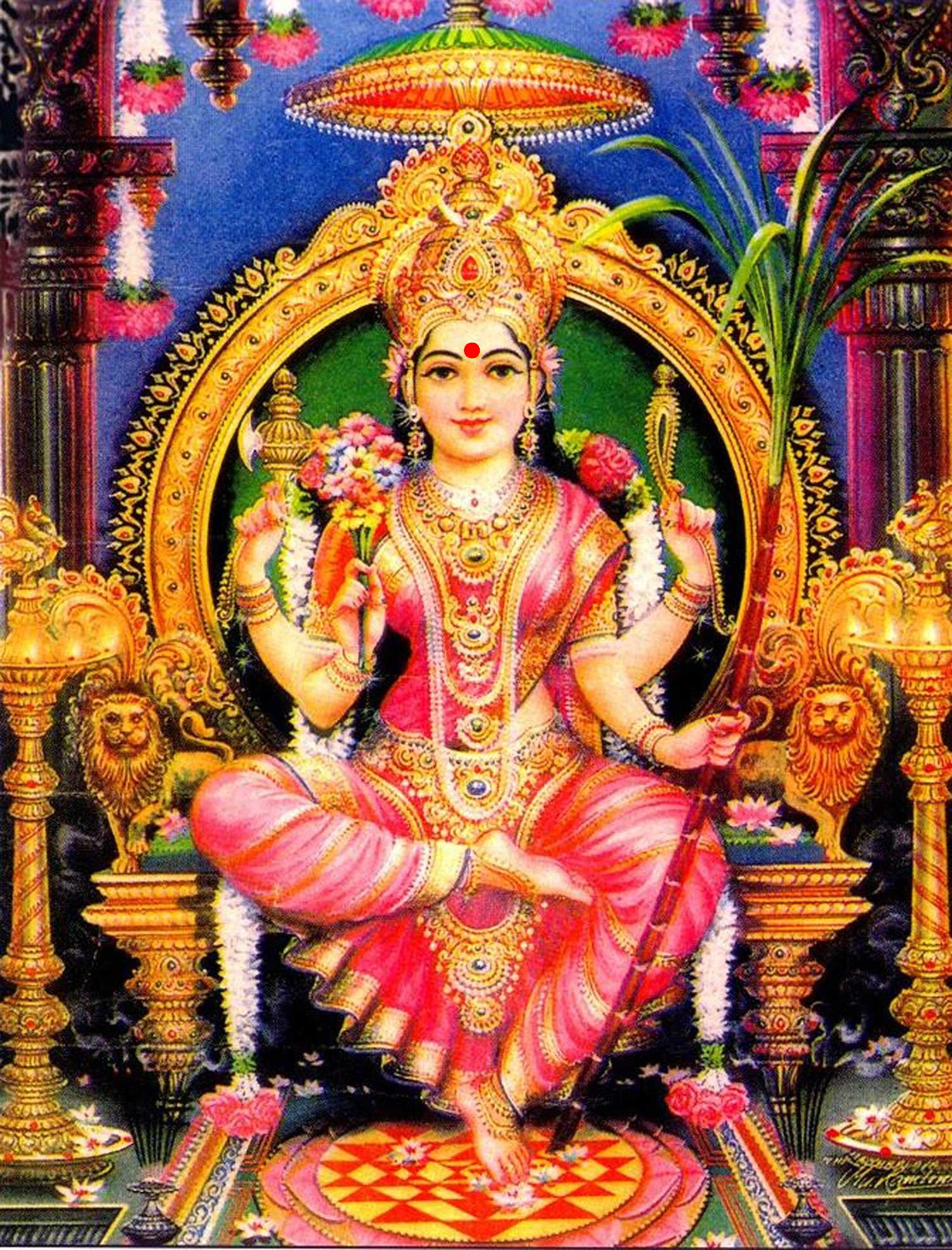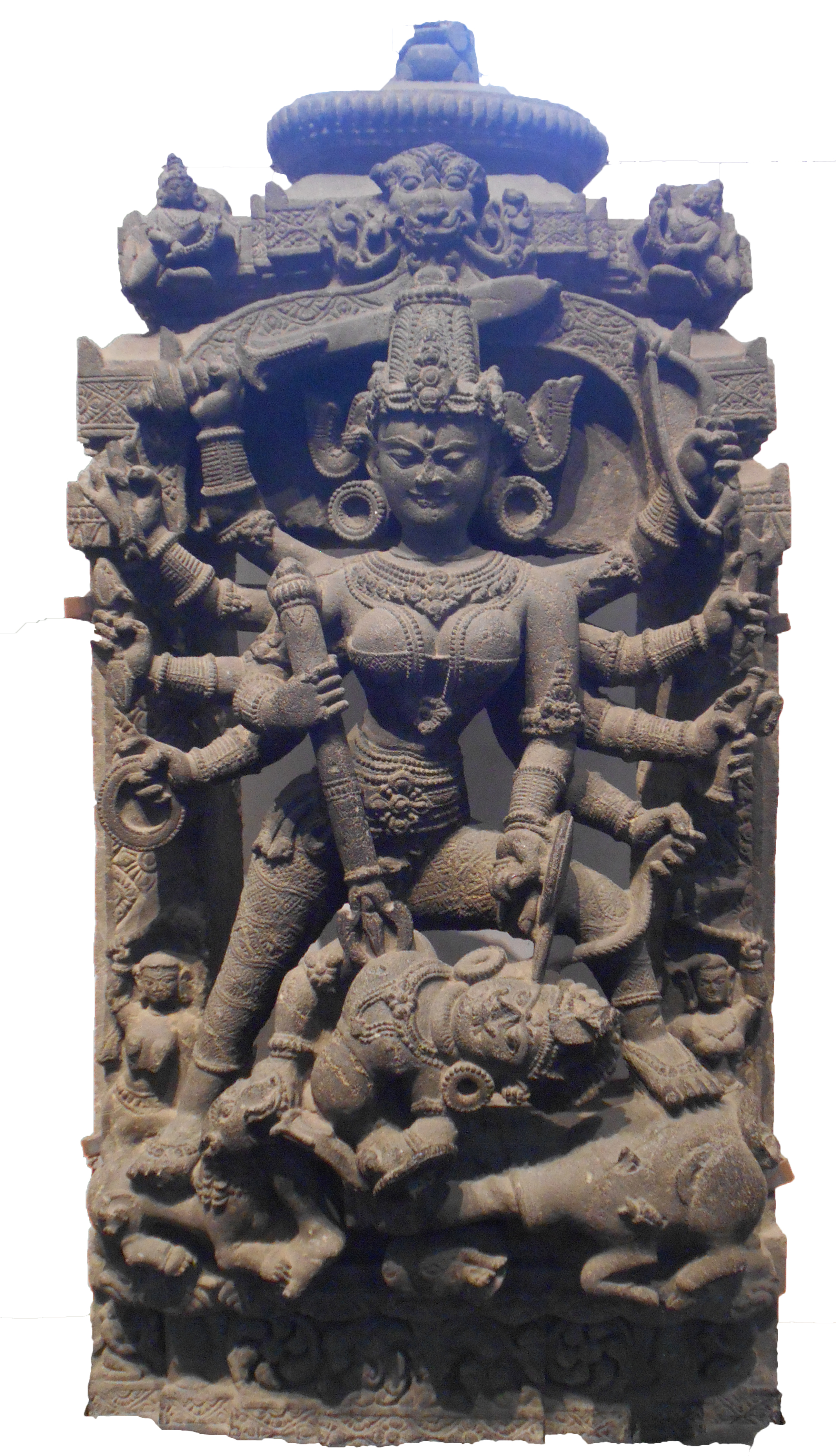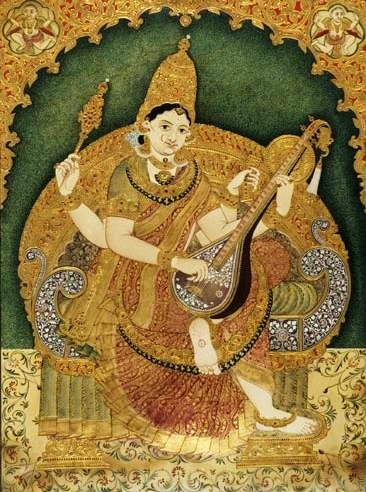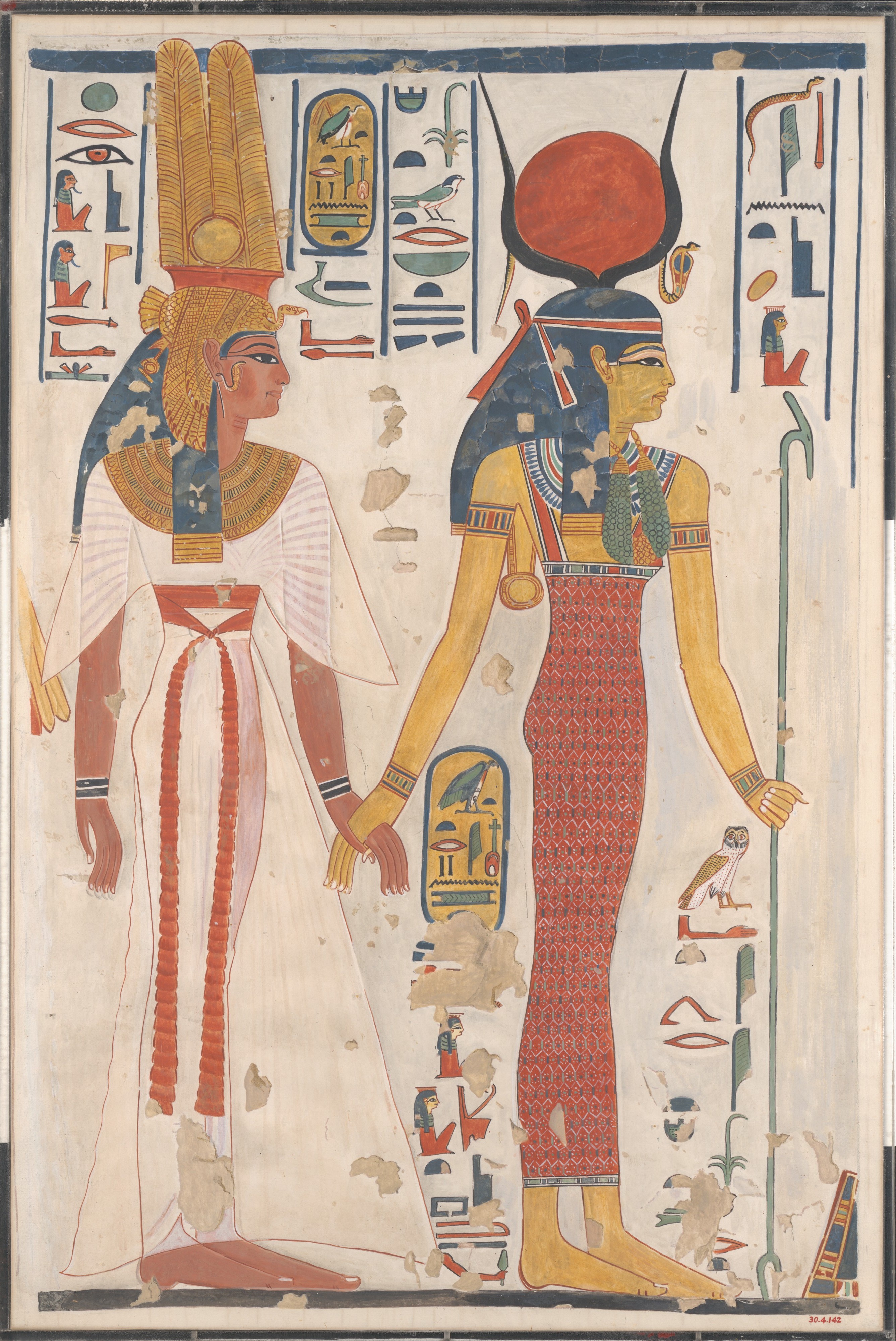|
Manidvipa
Manidvipa (; ) is the celestial abode of Mahadevi, the supreme goddess, according to the Shaktism tradition in Hinduism. It is an island situated in the middle of an ocean called the Sudha Samudra (the ocean of nectar). In the Devi-Bhagavata Purana, Devi Bhagavata Purana, Manidvipa is portrayed as the ''Sarvaloka'', the highest world that is superior to Goloka, the realm of Krishna and Radha, Saketa the realm of Rama and Sita, Vaikuntha, the realm of Vishnu and Lakshmi, Kailasa, the realm of Shiva and Parvati, and Brahmaloka, the realm of Brahma and Saraswati. This is consistent with the scripture's portrayal of goddess Tripura Sundari being greater than any of the Trimurti. In her form as Tripura Sundari, Devi is the ruler of Manidvipa. It is believed that Mahadevi created this island according to her will. Description The descriptions of Manidvipa can be found in the ''Devi Bhagavata Purana'', ''Mahabhagavata Purana'', and ''Tripura Rahasya''. According to the goddess-c ... [...More Info...] [...Related Items...] OR: [Wikipedia] [Google] [Baidu] |
Devi-Bhagavata Purana
The Devi Bhagavata Purana (, '), also known as the Devi Purana or simply Devi Bhagavatam, is one of the eighteen Mahapuranas as per Shiva Purana of Hinduism. Composed in Sanskrit by Veda Vyasa, the text is considered a major purana for Devi worshippers ( Shaktas). It promotes ''bhakti'' (devotion) towards Mahadevi, integrating themes from the Shaktadvaitavada tradition (a syncretism of Samkhya and Advaita Vedanta). While this is generally regarded as a Shakta Purana, some scholars such as Dowson have also interpreted this Purana as a Shaiva Purana. The Purana consists of twelve cantos with 318 chapters. Along with the ''Devi Mahatmya'', it is one of the most important works in Shaktism, a tradition within Hinduism that reveres Devi or Shakti (Goddess) as the primordial creator of the universe, and as Brahman (ultimate truth and reality). It celebrates the divine feminine as the origin of all existence: as the creator, the preserver and the destroyer of everything, as well ... [...More Info...] [...Related Items...] OR: [Wikipedia] [Google] [Baidu] |
Mahadevi
Mahadevi (, , IPA: / mɐɦɑd̪eʋiː/), also referred to as Adi Parashakti, and Mahamaya, is the supreme goddess in Hinduism. According to the goddess-centric sect Shaktism, all Hindu gods and goddesses are considered to be manifestations of this great goddess, who is considered as the '' Para Brahman'' or the ultimate reality. Shaktas often worship her as Durga, also believing her to have many other forms. Mahadevi is mentioned as the ''Mulaprakriti'' (Primordial Goddess) in Shakta texts, having five primary forms—Parvati, Lakshmi, Sarasvati, Gayatri and Radha—collectively referred to as ''Panchaprakriti''. Besides these, Goddess Tripura Sundari, a form of Devi, is often identified with the supreme goddess Mahadevi in Shaktism. Author Helen T. Boursier says: "In Hindu philosophy, both Lakshmi (primary goddess in Vaishnavism) and Parvati (primary goddess of Shaivism) are identified as manifestations of this great goddess—Mahadevi—and the Shakti or divine power". ... [...More Info...] [...Related Items...] OR: [Wikipedia] [Google] [Baidu] |
Parvati
Parvati (, , IPA: /Sanskrit phonology, pɑɾʋət̪iː/), also known as Uma (, , IPA: Sanskrit phonology, /ʊmɑː/) and Gauri (, , IPA: /Sanskrit phonology, gə͡ʊɾiː/), is one of the principal goddesses in Hinduism, revered as the Devi, goddess of power, energy, nourishment, harmony, love, beauty, devotion, and motherhood. Along with Lakshmi and Saraswati, Sarasvati, she forms the trinity, known as the Tridevi. From her first appearance as a goddess during the Itihasa-Purana, epic period (400 BCE – 400 CE), Parvati is primarily depicted as the consort of the god Shiva. According to various Puranas, Parvati is the reincarnation of Sati (Hindu goddess), Sati, Shiva's first wife, who relinquished her body to sever familial ties with her father, Daksha, after he had insulted Shiva. Parvati is often equated with the other goddesses such as Sati, Uma, Kali and Durga and due to this close connection, they are often treated as one and the same, with their stories frequently ove ... [...More Info...] [...Related Items...] OR: [Wikipedia] [Google] [Baidu] |
Tripura Sundari
Tripura Sundari (Sanskrit: त्रिपुरसुन्दरी, IAST: Tripura Sundarī), also known as Lalita, Shodashi, Kamakshi, and Rajarajeshvari, is a Hindu goddess, revered primarily within the Shaktism tradition and recognized as one of the ten Mahavidyas. She embodies the essence of the supreme goddess Mahadevi. Central to the Shakta texts, she is widely praised in the ''Lalita Sahasranama'' and '' Saundarya Lahari''. In the Lalitopakhyana of the '' Brahmanda Purana'', she is referred to as Adi Parashakti. The term "Tripura" conveys the concept of three cities or worlds, while "Sundari" translates to "beautiful woman." She signifies the most beautiful woman across the three realms, with associations to the yoni symbol and the powers of creation, preservation, and destruction. According to the Srikula tradition in Shaktism, Tripura Sundari is the foremost of the Mahavidyas, the supreme divinity of Hinduism and also the primary goddess of Sri Vidya. The '' Tripu ... [...More Info...] [...Related Items...] OR: [Wikipedia] [Google] [Baidu] |
Saraswati
Saraswati (, ), also spelled as Sarasvati, is one of the principal Devi, goddesses in Hinduism, revered as the goddess of knowledge, education, learning, arts, speech, poetry, music, purification, language and culture. Together with the goddesses Lakshmi and Parvati, she forms the trinity of chief goddesses, known as the Tridevi. Sarasvati is a pan-Indian deity, venerated not only in Hinduism but also in Jainism and Buddhism.Ludvik (2007), pp. 1, 11. She is one of the prominent goddesses in the Historical Vedic religion, Vedic tradition (1500 to 500 BCE) who retains her significance in later Hinduism. In the Vedas, her characteristics and attributes are closely connected with the Sarasvati River, making her one of the earliest examples of a Rivers in Hinduism, river goddess in Indian tradition. As a deity associated with a river, Sarasvati is revered for her dual abilities to purify and to nurture fertility. In later Vedic literature, particularly the Brahmanas, Sarasvati is i ... [...More Info...] [...Related Items...] OR: [Wikipedia] [Google] [Baidu] |
Lakshmi
Lakshmi (; , , sometimes spelled Laxmi, ), also known as Shri (, , ), is one of the principal goddesses in Hinduism, revered as the goddess of wealth, fortune, prosperity, beauty, fertility, sovereignty, and abundance. She along with Parvati and Sarasvati, form the trinity of goddesses called the Tridevi. Lakshmi has been a central figure in Hindu tradition since pre-Buddhist times (1500 to 500 BCE) and remains one of the most widely worshipped goddesses in the Hindu pantheon. Although she does not appear in the earliest Vedic literature, the personification of the term '' shri''—auspiciousness, glory, and high rank, often associated with kingship—eventually led to the development of Sri-Lakshmi as a goddess in later Vedic texts, particularly the ''Shri Suktam''. Her importance grew significantly during the late epic period (around 400 CE), when she became particularly associated with the preserver god Vishnu as his consort. In this role, Lakshmi is seen as the ide ... [...More Info...] [...Related Items...] OR: [Wikipedia] [Google] [Baidu] |
Places In Hindu Mythology
Place may refer to: Geography * Place (United States Census Bureau), defined as any concentration of population ** Census-designated place, a populated area lacking its own municipal government * "Place", a type of street or road name ** Often implies a dead end (street) or cul-de-sac * Place, based on the Cornish word "plas" meaning mansion * Place, a populated place, an area of human settlement ** Incorporated place (see municipal corporation), a populated area with its own municipal government * Location (geography), an area with definite or indefinite boundaries or a portion of space which has a name in an area Placenames * Placé, a commune in Pays de la Loire, Paris, France * Plače, a small settlement in Slovenia * Place (Mysia), a town of ancient Mysia, Anatolia, now in Turkey * Place, New Hampshire, a location in the United States Facilities and structures * Place House, a 16th-century mansion largely remodelled in the 19th century, in Fowey, Cornwall, England ... [...More Info...] [...Related Items...] OR: [Wikipedia] [Google] [Baidu] |
God In Hinduism
In Hinduism, the conception of God varies in its diverse religio-philosophical traditions. Hinduism comprises a wide range of beliefs about God and Divinity, such as henotheism, monotheism, polytheism, panentheism, pantheism, pandeism, monism, agnosticism, atheism, and nontheism. Forms of theism find mention in the ''Bhagavad Gita''. Emotional or loving devotion (''bhakti'') to a primary god such as avatars of Vishnu (Krishna for example), Shiva, and Devi (as emerged in the early medieval period) is now known as the Bhakti movement. Contemporary Hinduism can be categorized into four major theistic Hindu traditions: Vaishnavism, Shaivism, Shaktism, and Smartism. Vaishnavism, Shaivism, and Shaktism worship the Hindu deities Vishnu, Shiva, and Devi as the Supreme God respectively, or consider all Hindu deities as aspects of the same, Supreme Reality or the eternal and formless metaphysical Absolute, called ''Brahman'' in Hinduism, or, translated from Sanskrit terminology ... [...More Info...] [...Related Items...] OR: [Wikipedia] [Google] [Baidu] |
Matrikas
Matrikas (Sanskrit: मातृका (singular), IAST: mātṛkā, lit. "mothers") also called Mataras or Matri, are a group of mother goddesses in Hinduism. The Matrikas are often depicted in a group of seven, the Saptamatrika(s) (Seven Mothers). However, they are also depicted as a group of eight, the Ashtamatrika(s). In the '' Brihat Samhita'', Varahamihira says that "Matrikas are forms of Parvati taken by her with cognizance of (different major Hindu) gods corresponding to their names." They are associated with these gods as their energies (''Shaktis''). Brahmani emerged from Brahma, Vaishnavi from Vishnu, Maheshvari from Shiva, Indrani from Indra, Kaumari from Kartikeya, Varahi from Varaha and Chamunda from Chandi. And additionals are Narasimhi from Narasimha and Vinayaki from Ganesha. Originally the seven goddesses of the seven stars of the star cluster of the Pleiades, they became quite popular by the seventh century CE and a standard feature of the Hindu goddes ... [...More Info...] [...Related Items...] OR: [Wikipedia] [Google] [Baidu] |
Rudra
Rudra (/ ɾud̪ɾə/; ) is a Rigvedic deity associated with Shiva, the wind or storms, Vayu, medicine, and the hunt. One translation of the name is 'the roarer'. In the ''Rigveda'', Rudra is praised as the "mightiest of the mighty". Rudra means "who eradicates problems from their roots". Depending upon the period, the name Rudra can be interpreted as 'the most severe roarer/howler' or 'the most frightening one'. This name appears in the Shiva Sahasranama, and R. K. Sharma notes that it is often used as a name of Shiva in later languages. The " Shri Rudram" hymn from the ''Yajurveda'' is dedicated to Rudra and is important in the Shaivite sect.For an overview of the Śatarudriya see: . In the Prathama Anuvaka of Namakam ( Taittiriya Samhita 4.5), Rudra is revered as Sadasiva (meaning 'mighty Shiva') and Mahadeva. Sadashiva is the Supreme Being, Paramashiva, in the Siddhanta sect of Shaivism. Etymology The etymology of the theonym ''Rudra'' is uncertain.. It is usual ... [...More Info...] [...Related Items...] OR: [Wikipedia] [Google] [Baidu] |
Goddess Lalita Tripura Sundari
A goddess is a female deity. In some faiths, a sacred female figure holds a central place in religious prayer and worship. For example, Shaktism (one of the three major Hindu sects), holds that the ultimate deity, the source of all reality, is Mahadevi (Supreme Goddess) and in some forms of Tantric Shaivism, the pair of Shiva and Shakti are the ultimate principle (with the goddess representing the active, creative power of God). Meanwhile, in Vajrayana Buddhism, ultimate reality is often seen as being composed of two principles depicted as two deities in union ( yab yum, "father-mother") symbolising the non-duality of the two principles of perfect wisdom (female) and skillful compassion (male). A single figure in a monotheistic faith that is female may be identified simply as god because of no need to differentiate by gender or with a diminutive. An experiment to determine the effect of psychedelics on subjects composed of leaders from diverse religious groups revealed a general ... [...More Info...] [...Related Items...] OR: [Wikipedia] [Google] [Baidu] |
Tripura Rahasya
The Tripura Rahasya (Devanagari: त्रिपुरा रहस्य, ), also called the Haritāyana Samhitā, is a medieaval (11th-17th century CE) tantric Shakta Sanskrit text. The title has an ambiguous meaning, translated variously as ''The mystery beyond the three cities'', ''The mystery beyond the trinity'', or ''The secret of the supreme Goddess''. Tripura refers to the 'three cities' of consciousness, namely waking, dreaming and deep sleep, but also to the goddess Tripura Sundari, the prime consciousness underlying these three states. It details the path to liberation, as taught by Dattatreya to Parashurama. Nomenclatura Tripurā means "three towns" or "three places," or "the trinity." The three towns or states of consciousness are waking (Jāgṛat), dreaming (Svapna) and deep sleep (Suṣupti). The underlying consciousness of them all is called Tripura, the goddess Tripura Sundari. Rahasya means "secret" or "mystery," 'keeping secret', referring to the Sanskri ... [...More Info...] [...Related Items...] OR: [Wikipedia] [Google] [Baidu] |










